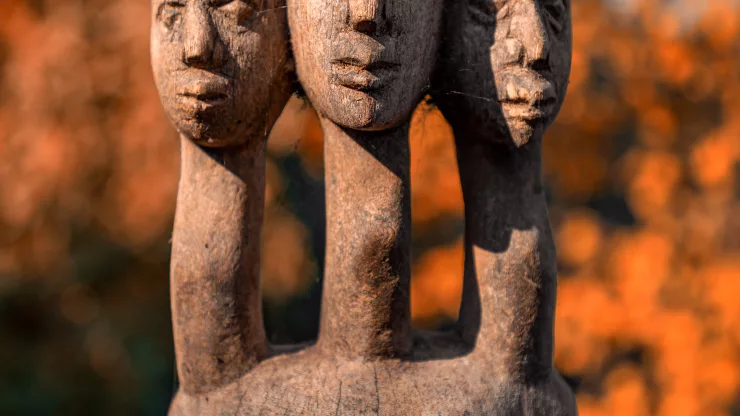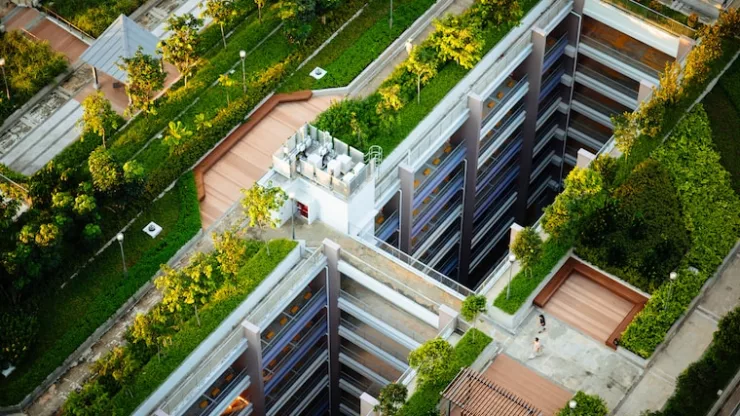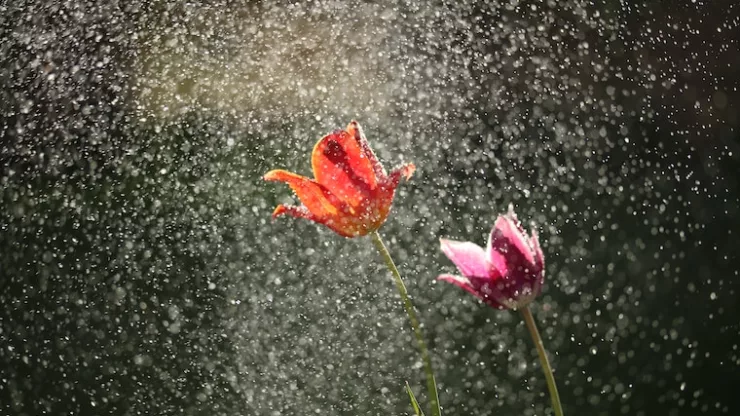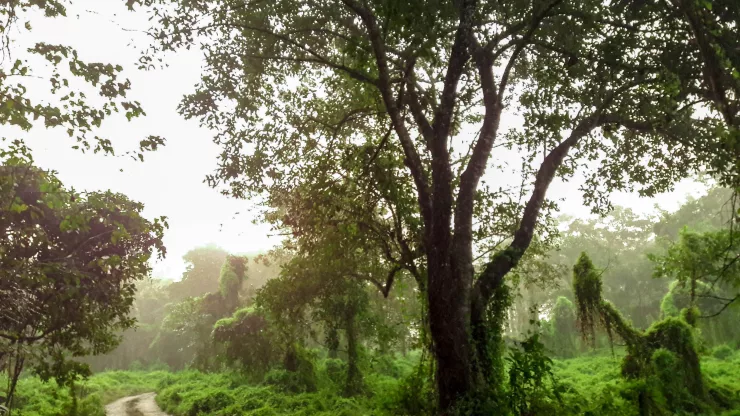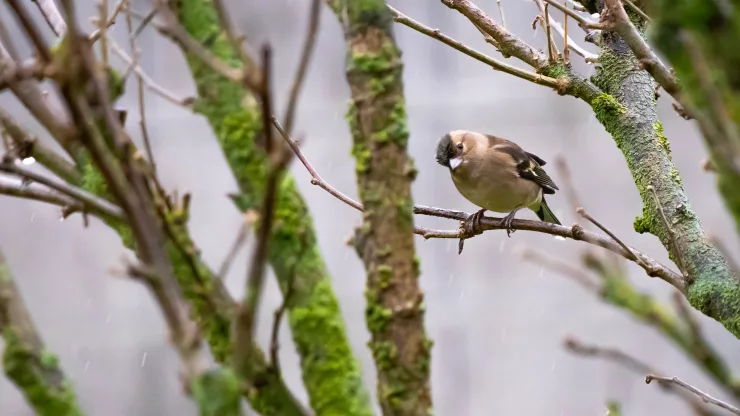Urban gardens have become increasingly popular in recent years, providing city dwellers with a space to grow their own fruits, vegetables, and flowers.
But these gardens also have a significant impact on local wildlife, both positive and negative.
In this article, we will explore the importance of urban gardens in promoting biodiversity, the impacts they have on local wildlife, and best practices for creating wildlife-friendly urban gardens.
Jump to Section
Introduction
Urban gardens have become a popular way for city dwellers to grow their own produce and flowers.
However, these gardens also have a significant impact on local wildlife, both positive and negative.
In this article, we will explore the impact of urban gardens on local wildlife and the importance of creating wildlife-friendly urban gardens.
Understanding the Impact of Urban Gardens on Local Wildlife
The Importance of Urban Gardens in Promoting Biodiversity
Urban gardens play an important role in promoting biodiversity in urban areas.
They provide habitats for a wide range of local wildlife, including birds, bees, butterflies, and other insects.
Urban gardens also help to reduce the amount of impermeable surfaces in cities, which can help to mitigate the impact of urbanization on wildlife.
How Urban Gardens Serve as Important Habitats for Local Wildlife
Urban gardens provide a wide range of habitats for local wildlife, from trees and shrubs to flower beds and vegetable gardens.
They also provide a source of food and shelter for many species, including birds, bees, and butterflies.
Urban gardens can also provide important breeding grounds for local wildlife, helping to maintain healthy populations.
The Positive and Negative Impacts of Urban Gardens on Local Wildlife
The Benefits of Urban Gardens for Birds, Bees, and Butterflies
Urban gardens can provide important habitats and food sources for birds, bees, and butterflies.
Birds can use trees and shrubs in urban gardens as nesting sites and food sources, while bees and butterflies rely on the nectar and pollen provided by flowers in urban gardens.
The Risks of Urban Gardens to Native Plants and Wildlife
While urban gardens can provide important habitats for local wildlife, they can also be a risk to native plants and wildlife.
Invasive species can be introduced into urban gardens through imported plants and seeds, which can threaten local ecosystems.
Urban gardens can also contribute to the spread of non-native species, which can outcompete native species and disrupt local ecosystems.
Best Practices for Creating Wildlife-Friendly Urban Gardens
Designing Urban Gardens with Wildlife in Mind
When designing urban gardens, it is important to consider the needs of local wildlife.
This can include incorporating native plants and providing habitats and food sources for local wildlife.
Urban gardens should also be designed to minimize the impact of urbanization on local wildlife, by providing permeable surfaces and minimizing the use of pesticides and other chemicals.
Choosing Native Plants for Urban Gardens
Native plants are an important part of local ecosystems and can provide important habitats and food sources for local wildlife.
When choosing plants for urban gardens, it is important to choose native plants that are well adapted to local conditions and provide the right food sources and habitats for local wildlife.
Providing Shelter and Water Sources for Local Wildlife
Urban gardens can provide important shelter and water sources for local wildlife.
This can include providing birdhouses and bird baths, as well as planting trees and shrubs that provide shelter and nesting sites for local wildlife.
The Role of Urban Gardens in Promoting Sustainable Living
How Urban Gardens Can Help Reduce Carbon Footprints
Urban gardens can help to reduce carbon footprints by providing a source of locally grown produce.
By reducing the need for imported produce, urban gardens can also help to reduce the amount of carbon emissions associated with transportation.
The Importance of Urban Gardens in Mitigating Urban Heat Islands
Urban gardens can also help to mitigate the impact of urban heat islands, which can contribute to climate change.
By providing permeable surfaces and shade, urban gardens can help to reduce the amount of heat absorbed by buildings and pavement, which can help to reduce the impact of urbanization on local ecosystems.
Conclusion: The Future of Urban Gardens and Local Wildlife
As urbanization continues to impact local ecosystems, the importance of urban gardens in promoting biodiversity and providing habitats for local wildlife will continue to grow.
By designing wildlife-friendly urban gardens and choosing native plants, city dwellers can play an important role in maintaining healthy local ecosystems and promoting sustainable living.
FAQ
What are some examples of native plants for urban gardens?
Some examples of native plants for urban gardens include milkweed, coneflower, black-eyed susan, and goldenrod.
How can I design my urban garden to be wildlife-friendly?
Designing your urban garden with wildlife in mind can include incorporating native plants, providing habitats and food sources for local wildlife, and minimizing the impact of urbanization on local ecosystems.
How can urban gardens help to reduce carbon footprints?
Urban gardens can help to reduce carbon footprints by providing a source of locally grown produce, reducing the need for imported produce and the carbon emissions associated with transportation.
I’m a nature enthusiast and creator of Metro Wilds and have spent years exploring the great outdoors.
With a passion for environmental conservation and sustainability, I have dedicated my career to writing about the beauty and wonders of nature, as well as the threats facing our planet.
Contact me at [email protected] for assistance.

